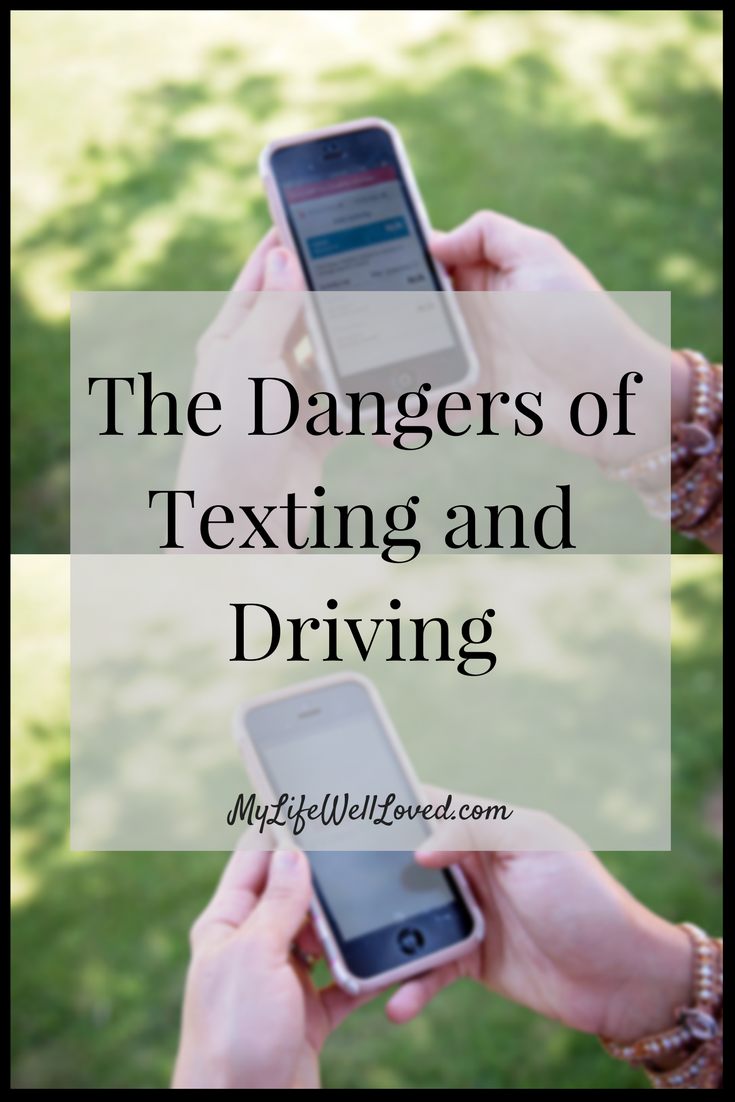

- TEXTING WHILE DRIVING VERSUS UNDISTRACTED DRIVING DRIVERS
- TEXTING WHILE DRIVING VERSUS UNDISTRACTED DRIVING FULL
Massachusetts signed a bill last month that bans drivers from holding phones, and similar laws took effect in Maine and Florida earlier this year. The company says distracted driving appears to have leveled out in the past year, most likely because of a rash of new laws and a public push for pending proposals. The trends seen in TrueMotion’s data aren’t all bad.

Note: Areas with fewer than 10 individual drivers were not mapped The data support the generally-accepted wisdom that despite laws, penalties and reminders of the hazards of cell phone distractions while behind the wheel, drivers continue to put themselves and others on America’s roads in grave danger. The data shared with Bloomberg comes from TrueMotion’s analysis of the roughly 30,000 drivers using one of two free apps that the company offers: TrueMotion Family, targeted mostly to parents of driving-age teenagers and Mojo, an incentive-based app where subscribers can accumulate points for safe driving and then exchange those for rewards. The company has developed proprietary apps for Met Life, Inc., The Progressive Corporation, and Travelers, among others, and that data is not shared with external parties. Insurance agencies and fleet managers have turned to several technology startups that monitor the speed and motion of a phone to flag when it’s being used by a driver.Ī smartphone driving platform, TrueMotion Inc. asks drivers to have their phone usage tracked while they’re behind the wheel in exchange for insurance incentives or other rewards. One way to try to assess just how badly we’re behaving on public roads may come from the phones in question. Source: Governors Highway Safety Association “I slammed on the brakes, looked back in the rear-view mirror,” recalls Pitcher. Elated at having just bought a house, he broke his personal no-phones-at-the-wheel policy and unwittingly cruised his Cadillac Escalade past a stopped school bus and two grade-school kids about to cross the street. Mike Pitcher, a retired Atlanta executive, is still haunted by a near hit a few years back. Laws can’t do much in those moments when a seconds-long glance at a phone can result in a fatality.
TEXTING WHILE DRIVING VERSUS UNDISTRACTED DRIVING FULL
The number of drivers who’ve had a distraction-related incident-from a close call to a full accident-remains terrifyingly high. Yet federal studies estimate over 3,000 people a year die from distracted driving, and safety experts believe the actual number is far higher. Across the U.S., many states have distracted-driving laws in place. In New York state, it’s been illegal for drivers to talk on a hand-held phone for almost 20 years texting at the wheel was banned a decade ago.


 0 kommentar(er)
0 kommentar(er)
